Understanding Edgebanding: A Comprehensive Guide
Edgebanding is an essential finishing technique in woodworking, designed to cover the unattractive edges of boards made from materials like particleboard or MDF. Not only does it enhance the visual appeal of these boards, but it also protects them from damage, moisture, and wear.
Types of Edgebanding
Edgebanding comes in a variety of materials, each with its unique advantages:
- Real Wood Veneer: This option offers a natural look and feel, allowing you to match the wood type, grain pattern, and color of your project. Veneers are available in two forms: non-glued (raw wood) and pre-glued, which comes with a sealer and topcoat applied for convenience.
- Plastic (PVC): A budget-friendly choice, PVC edgebanding is popular in the furniture industry. It’s available in a vast range of colors and textures, making it easy to find a perfect match for various surfaces. Plus, the color runs throughout the material, which is great for touch-ups.
- Melamine: Like PVC, melamine edge banding provides a clean finish and comes in multiple colors and patterns, including wood grain designs.
Thickness of Edgebanding
Edgebanding is offered in various thicknesses, each serving a specific purpose:
- Thin Edgebanding (0.4mm to 1mm): This is ideal for achieving a sleek, almost invisible edge, perfect for minimalist designs. It’s flexible and can easily bend around curves.
- Medium Edgebanding (1mm to 2mm): This versatile option balances durability and aesthetics, making it suitable for most furniture and cabinetry applications.
- Thick Edgebanding (2mm and above): Designed for high-use environments, this thickness provides superior protection and can help conceal imperfections on the edges. However, it can be more noticeable and stiffer.
Zero-Joint Edgebanding Technology
Zero-joint edgebanding technology is a game changer. This innovative method allows for a seamless application of edgebanding, eliminating visible glue lines that can attract dirt and detract from the overall appearance. By using a pre-applied polymer layer that bonds directly to the board without traditional adhesives, this technology offers a clean, professional finish.
Tips for Successful Edgebanding
Here are some practical tips to help you achieve the best results in your edgebanding projects:
- Start Simple: If you’re new to edgebanding, begin with iron-on or pre-glued edge tape. As you gain confidence, consider upgrading to a portable edgebander for more complex projects.
- Save on Edge Clamps: Instead of investing in expensive clamps, try using masking tape to hold the edgebanding in place while the glue sets. Stretching tape over the edge can provide adequate pressure without breaking the bank.
- Monitor Temperature: Keep your workspace at a comfortable temperature. Cold glue can lead to poor adhesion, so warm up your materials to promote a strong bond.
- Maintain Clean Equipment: If you’re using an automatic or semi-automatic edge-bander, regularly clean the machine to prevent glue buildup and ensure smooth operation.
- Choose Quality Materials: Opt for high-quality edgebanding to achieve the best finish. Whether you prefer wood veneer, PVC, or melamine, investing in quality materials will enhance the overall look of your project.

The Importance of Edgebanding
When woodworkers started using MDF instead of solid wood, they faced the challenge of hiding unattractive edges. These rough edges not only compromise aesthetics but can also chip and allow moisture to penetrate, affecting the integrity of the piece over time. Edgebanding provides the finished look that transforms manufactured sheets into professional-grade products.
Even the smallest errors in edgebanding can be glaringly visible, making it crucial to achieve a perfect application. A gap or excess glue can be distracting, and once noticed, it’s hard to overlook. The goal is to produce work that meets the highest standards—not just for personal satisfaction but to fulfill the expectations of clients and customers.
Edgebanding Adhesives
Choosing the right adhesive is key to ensuring the longevity and durability of your edgebanding:
- EVA (Ethylene Vinyl Acetate): This popular hot-melt glue sets quickly and creates a strong mechanical bond. However, it can re-melt under heat, which may be a concern for projects exposed to high temperatures.
- PUR (Polyurethane): Although more expensive, PUR offers superior bonding strength. It reacts with moisture in the air to form a robust chemical bond that withstands heat and moisture, making it perfect for kitchens and bathrooms.
- APO (Amorphous Polyolefin): This adhesive allows for customization in hardness and stickiness, making it suitable for a variety of materials, including paper and fabric.
Crafting with Edgebanding: Final Thoughts
Choosing the right edgebanding material is essential for fine furniture, custom cabinetry, or any woodworking project that demands a top-notch appearance. Whether you prefer the natural elegance of hardwood veneer or the versatility of synthetic options like PVC, understanding your choices will help you achieve the desired results.
At Luyao Group, we offer a wide range of edgebanding solutions, including both pre-glued and non-glued options. Our extensive selection allows you to find the perfect match for your project. Operating from our 35,000 sq. ft. warehouse in Drayton, Ontario, we take pride in our dependable service and quality products.
If you have questions about woodworking or are interested in a custom cabinetry project, don’t hesitate to reach out. We’re here to help you succeed in your woodworking endeavors!






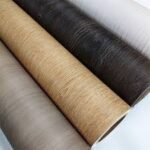


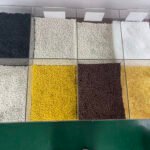





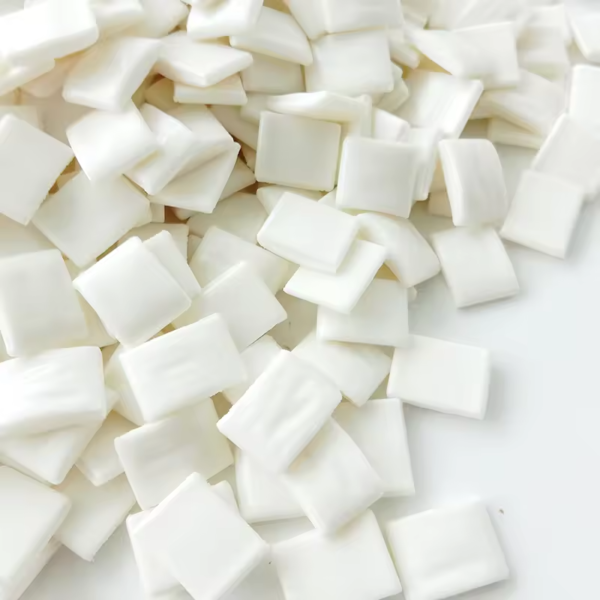

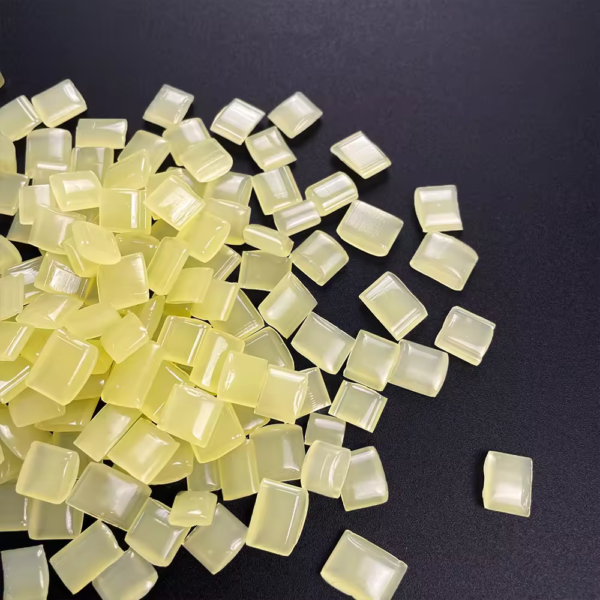

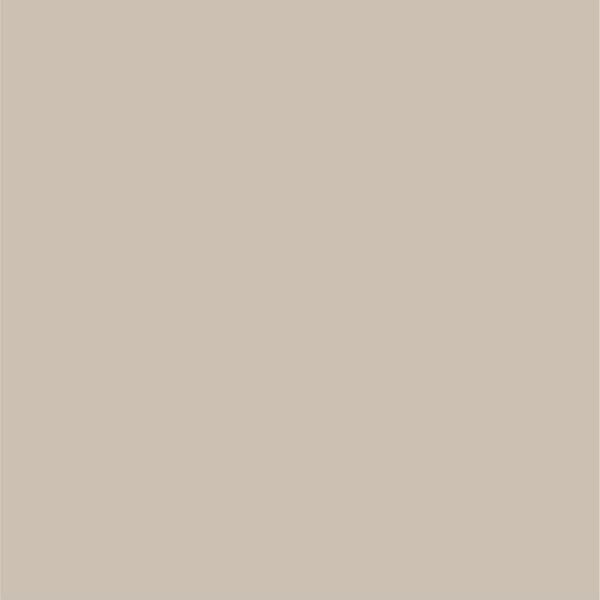
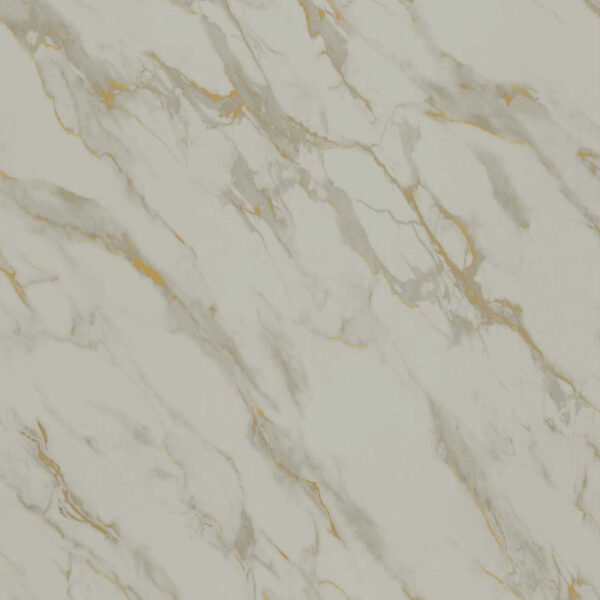

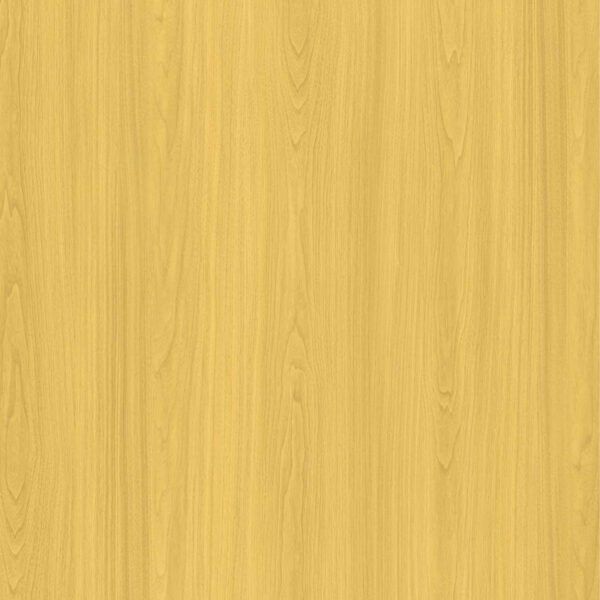


Leave a Reply